- FREE Screening Test - (A test worth £99 - offered free of charge when booked online via website)
- FREE Screening Test (Worth £99)
Discover advanced hearing aids designed to enhance your hearing experience with unparalleled comfort, clarity, and cutting-edge technology tailored to your needs.

Hearing loss occurs when sound signals do no reach the brain. The main types of hearing loss are: sensorineural hearing loss – caused by damage to the sensitive hair cells inside the inner ear or damage to the auditory nerve; this occurs naturally with age or as a result of injury. Secondly, conductive hearing loss – when sounds are unable to pass from your outer ear to your inner ear, often because of a blockage such as earwax, glue ear or a build-up of fluid from an ear infection, or because of a perforated ear drum or disorder of the hearing bones It’s also possible to have both these types of hearing loss. This is known as mixed hearing loss. Some people are born with hearing loss, but most cases develop as you get older.
How hearing loss is treated depends on the underlying cause of the condition. Conductive hearing loss is often temporary and treatable. For example, earwax build-up can be removed by drops, a syringe or suction. Hearing loss caused by a bacterial infection can be treated with antibiotics. Surgery can be used to drain a fluid build-up, repair a perforated eardrum, or correct problems with the hearing bones. However, hearing loss caused by damage to the inner ear or to the
nerves that transmit sound to brain (sensorineural hearing loss) is permanent. If your hearing is impaired, treatment can improve your hearing and quality of life. It is important to see an audiologist to determine the best course of action for your particular circumstances.
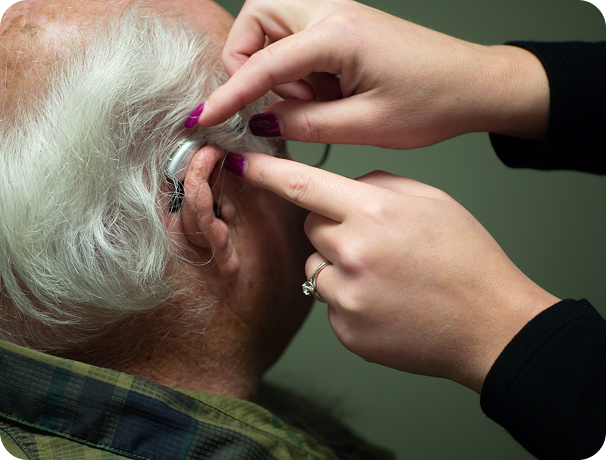

If you have hearing problems, you may be able to wear a hearing aid. About 1.4 million people regularly use hearing aids in the UK, and many more would benefit from them. A hearing aid is an electronic device that consists of a microphone, an amplifier, a loudspeaker and a battery. It increases the volume of sound entering your ear, so you can hear things more clearly.
The microphone picks up sound, which is made louder by the amplifier. Hearing aids are fitted with devices that can distinguish between background noise, such as traffic, and foreground noise, such as conversation. Modern hearing aids are very small and discreet, and can often be worn inside your ear. Hearing aids help improve hearing, and quality of life. Your audiologist (hearing specialist) can advise you about whether a hearing aid is suitable for you.
If a hearing aid is recommended, an audiologist may take an impression of your ear so the hearing aid fits you perfectly or may show you an open fit hearing aid. The hearing aid will be adjusted to suit your level of hearing impairment. You’ll also be shown how to use and care for it

Have you recently purchased hearing aids and not satisfied with the sound quality or the after care you are receiving? Have you moved location? If so we can still help without having to pay for a new pair of hearing aids. The package includes a current diagnostic hearing test so we can re-programme the hearing aids according to our expertise. We will then use Real Ear Measurement, which is inserting a tiny microphone into the ear to measure the response of the hearing aid inside the ear canal. This verifies the fitting and ensures the correct level of amplification across each frequency is given.
This package also includes ongoing after care appointments for the life span of the hearing aids.
This is similar to adult hearing tests. Your child listens through headphones/bone vibrator and presses a button or raises their hand when they hear a beep. It gives a detailed profile of their hearing levels across various frequencies and helps us identify the degree and type of hearing loss.

A bone conduction hearing test works by performing the role of the eardrums, transmitting sound vibrations through the bone. It’s designed to pick up sound, amplify it, and convert it into a vibration that can be received directly by the cochlea.
We assess how well your child can understand speech, both in quiet and noisy environments. This is especially helpful if hearing levels are borderline or if your child struggles with understanding in classroom settings.
Tympanometry assesses middle ear function by measuring the eardrum’s movement and pressure, while acoustic reflex testing evaluates the involuntary contraction of the stapedius muscle in response to loud sounds, helping to identify potential hearing issues.
How loud the sound needs to be before this reflex happens can tell a lot about your hearing. If your hearing loss is very bad, you may not even have a reflex. This test is like tympanometry. The sounds will come through a probe in your ear. A device will record your reflex.
For preschoolers, hearing testing becomes a game! Your child is taught to perform a simple task (like putting a block in a bucket) every time they hear a sound. This keeps them engaged while allowing us to measure their hearing thresholds accurately.
We use a variety of trusted clinical tools to understand your hearing health and tuning fork testing is one of them. While it may seem simple, this classic test provides valuable insight into the type of hearing loss in both children and adults.
This test uses sound and visual rewards to encourage your child to respond to noises. Sounds are played through speakers or headphones, and when your child turns toward the sound, they’re rewarded with an animated toy or flashing light. This helps determine the softest sound they can hear at different pitches.
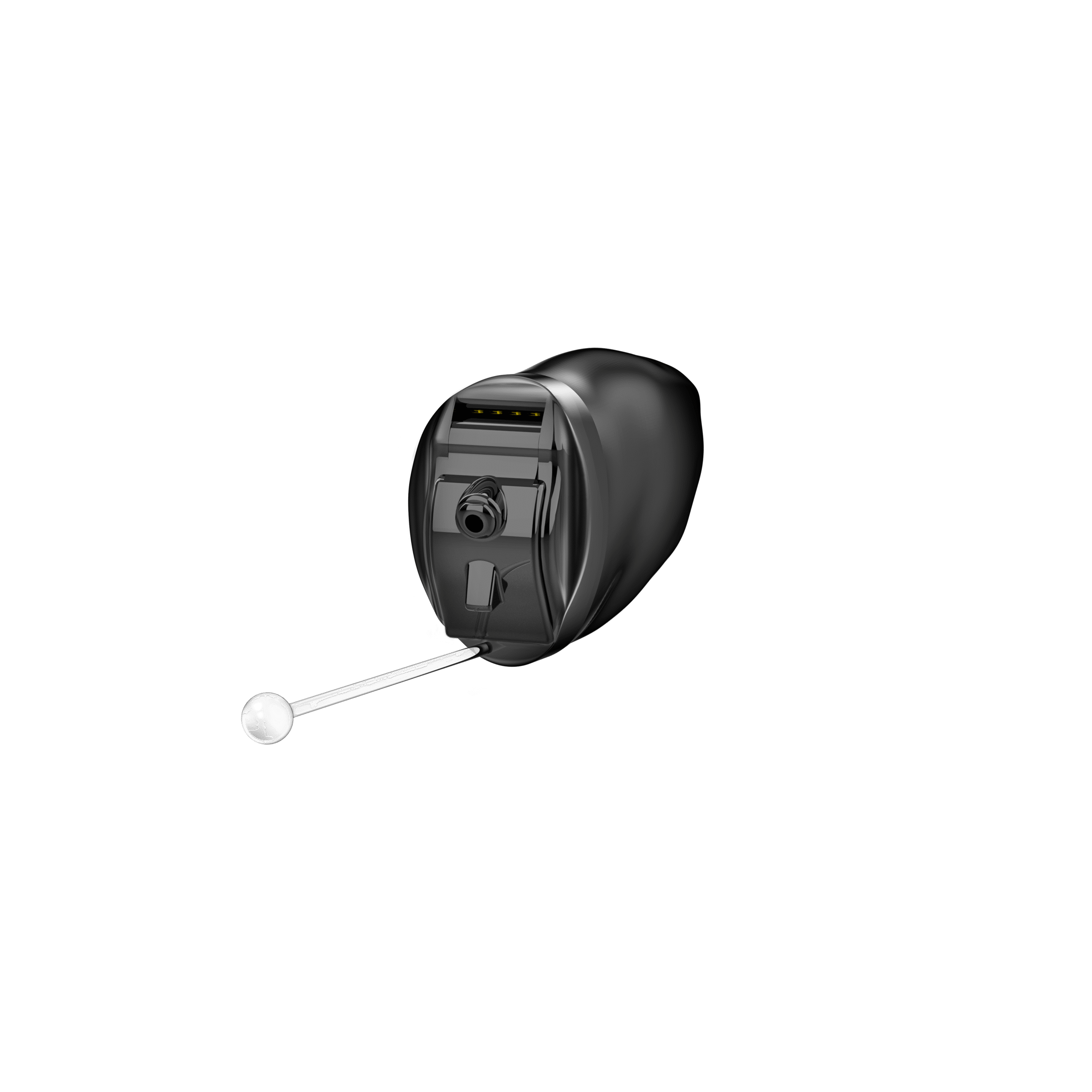
Invisible-in-canal (IIC) hearing aids are the smallest custom hearing aids. A deep ear impression is required for the hearing aid to fit discreetly inside the ear canal making it almost invisible.
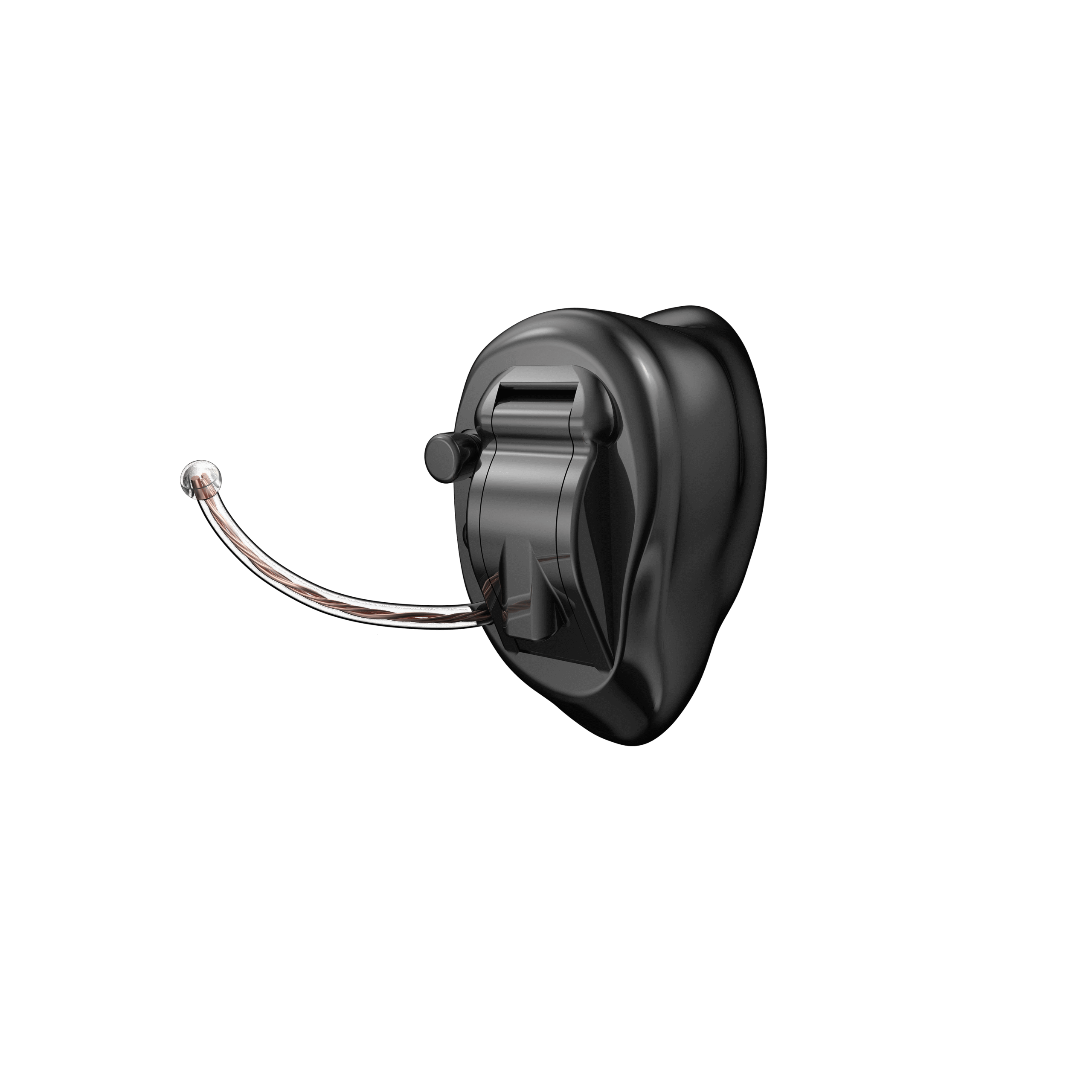
CIC - Completely in the canal
Completely in Canal, or CIC, are the second smallest type of hearing aids. These hearing aids are also designed to sit deep inside the ear canal, with only the faceplate and battery cover visible, making them very discreet.
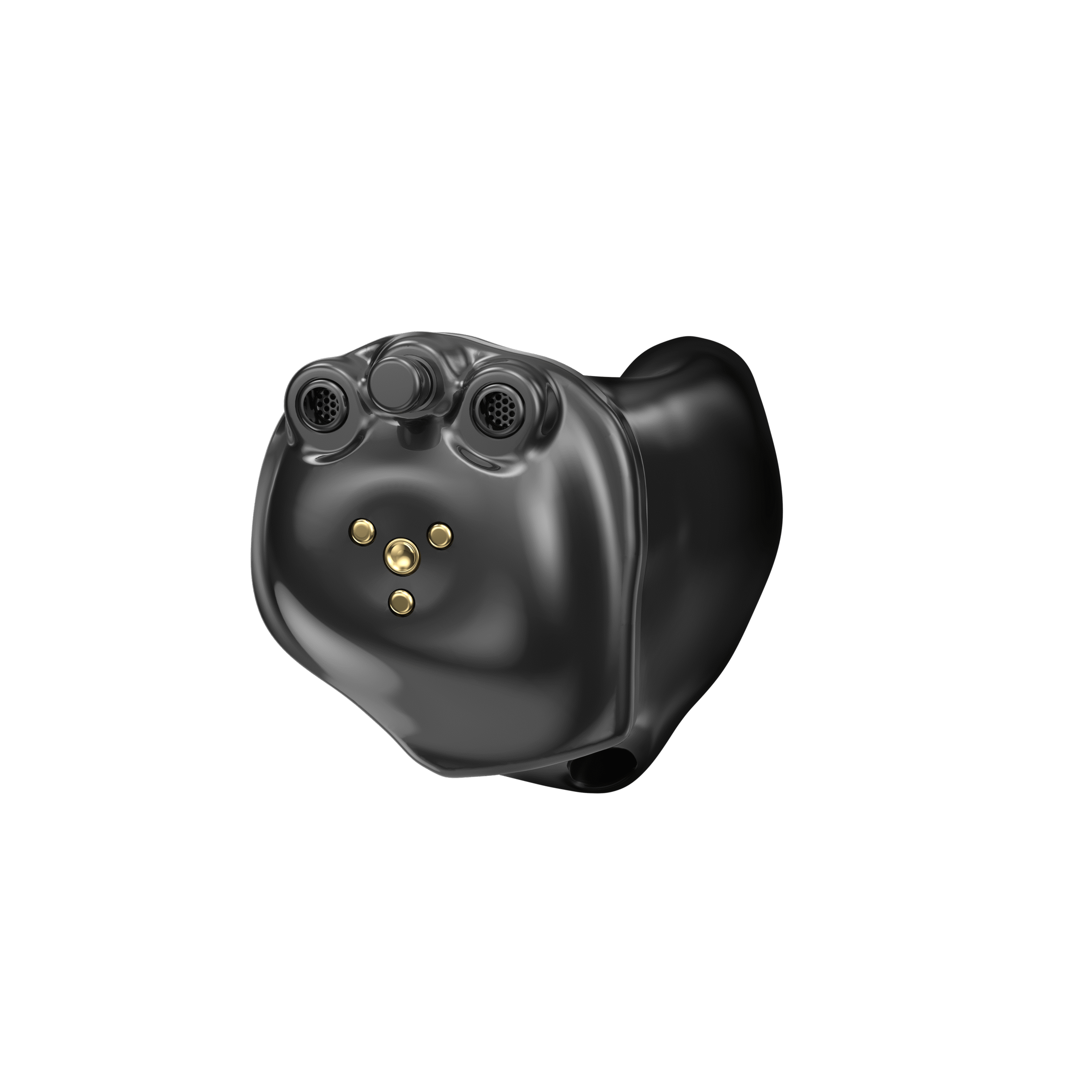
ITC - Inside the canal
In the Canal, or ITC hearing aids are custom designed to sit in the outer area of the ear. While larger and more visible than In the Canal types of hearing aids, they're still discreet. ITCs are suitable for those with a more mild to severe hearing loss.
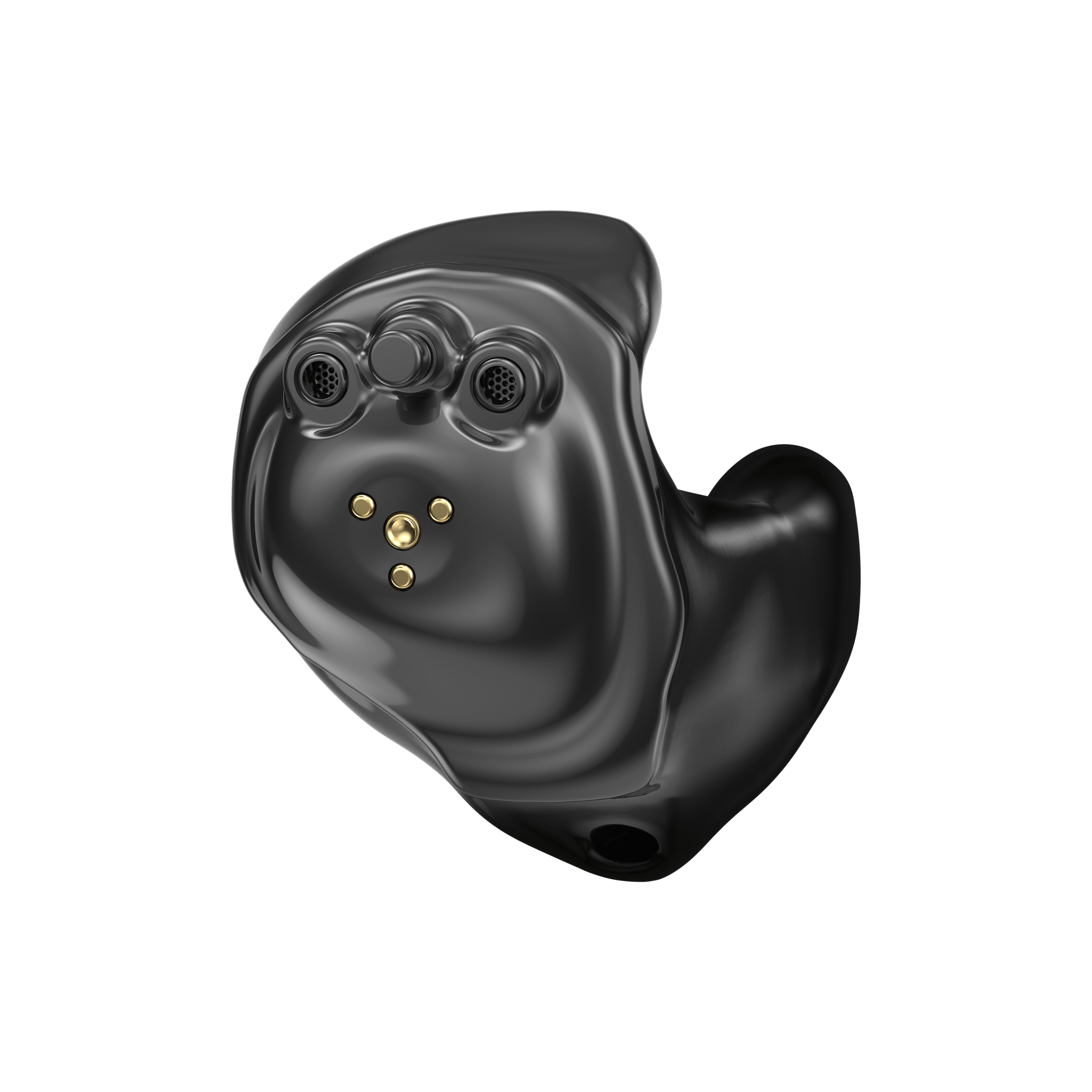
In-the-ear (ITE) hearing aids fit completely inside the outer ear and are used for mild to Profound hearing loss. They will be visible, however the faceplate are can be manufactured to various skin tones allowing them to blend in.
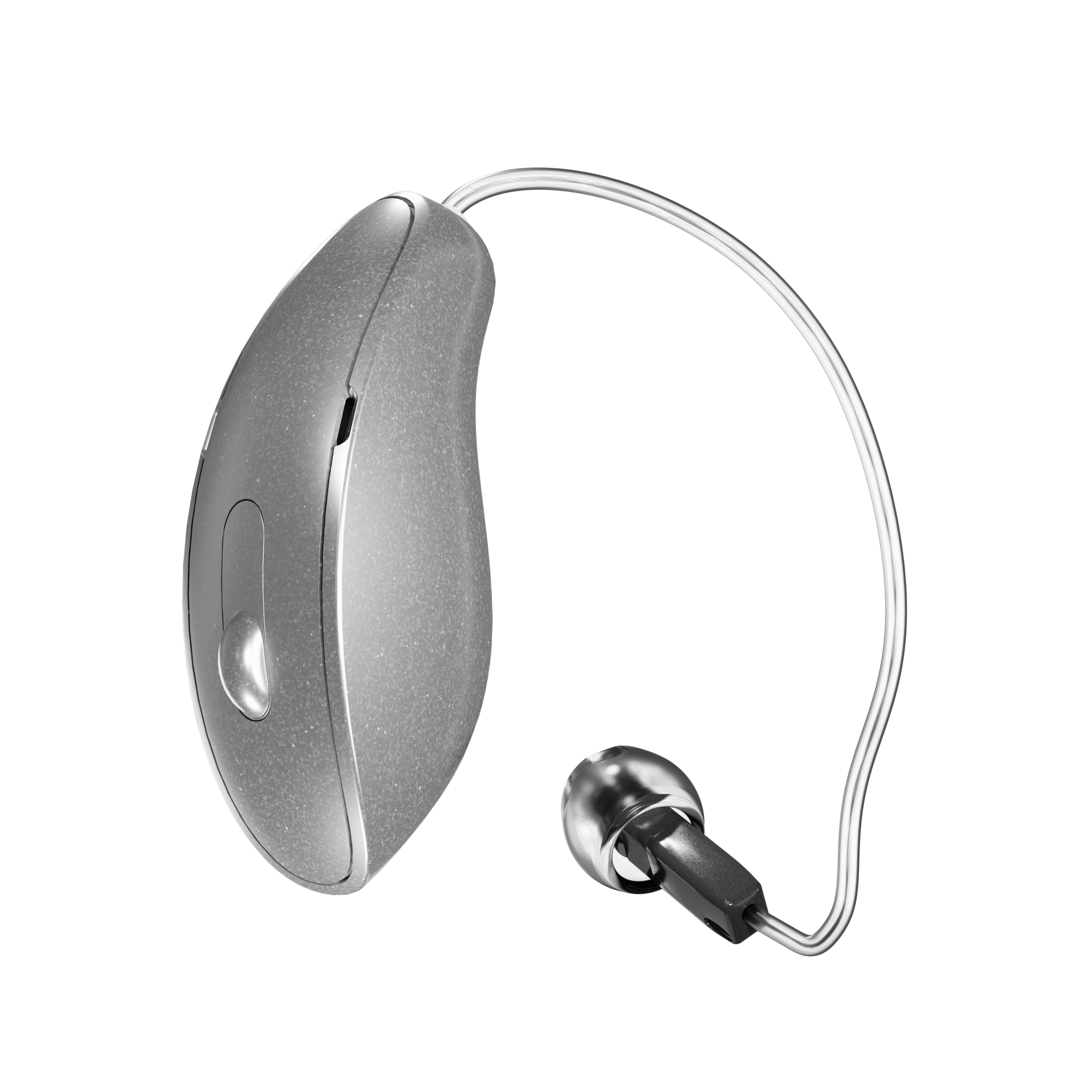
RITE - Receiver in the ear
A RITE - Receiver in the ear hearing aid, sits behind the ear, with the receiver (speaker) discreetly fitting inside the ear canal. This creates a smaller, less visible hearing aid. RITE hearing aids are considered an open-fit style.
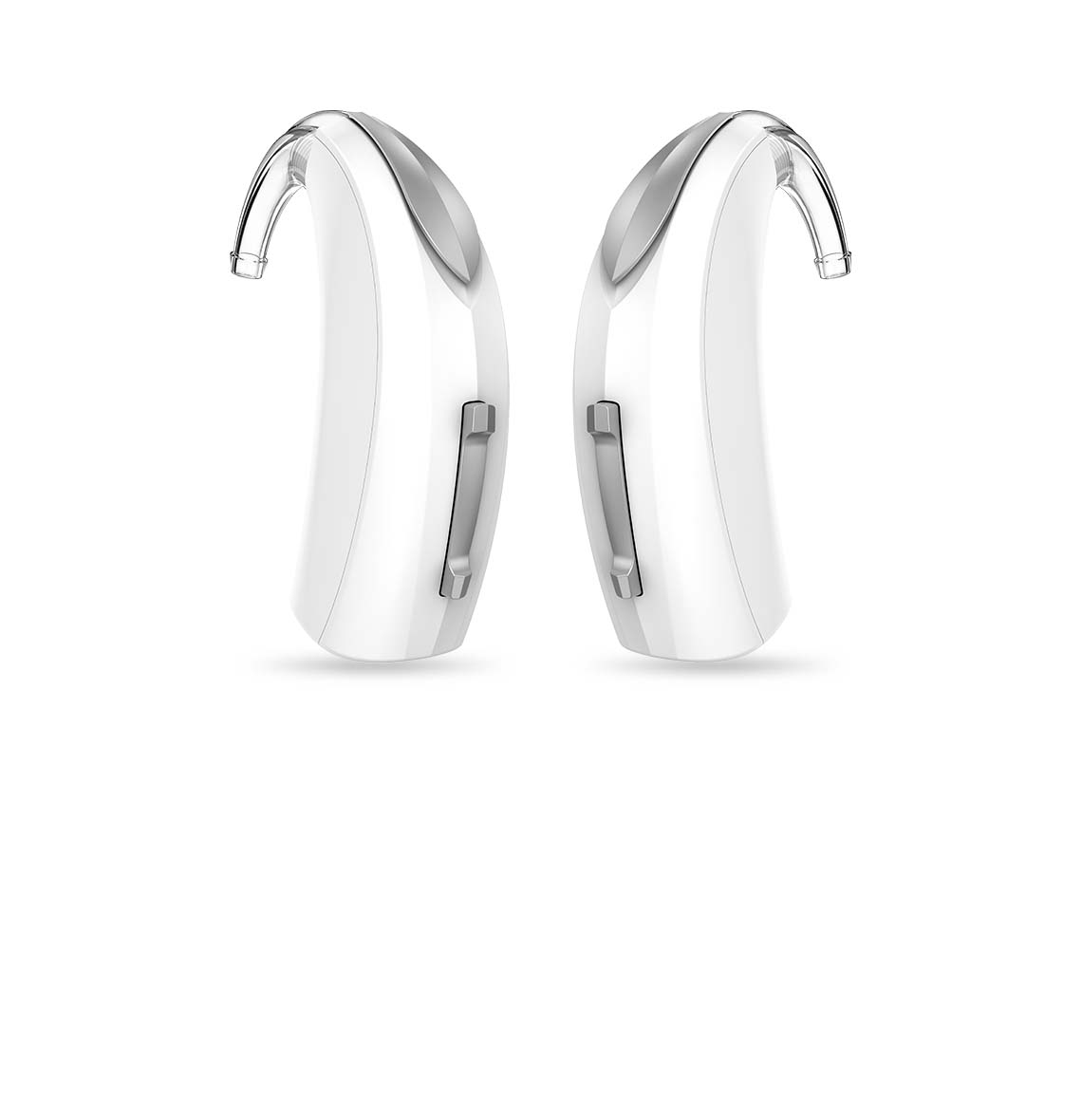
BTE - Behind in the ear
Behind-the-ear (BTE) hearing aids A clear, thin tube connects the main body of the hearing aid usually to a custom made earmould that fits inside the ear. The earmoulds are manufactured in various shapes and sizes depending on the needs of the user.
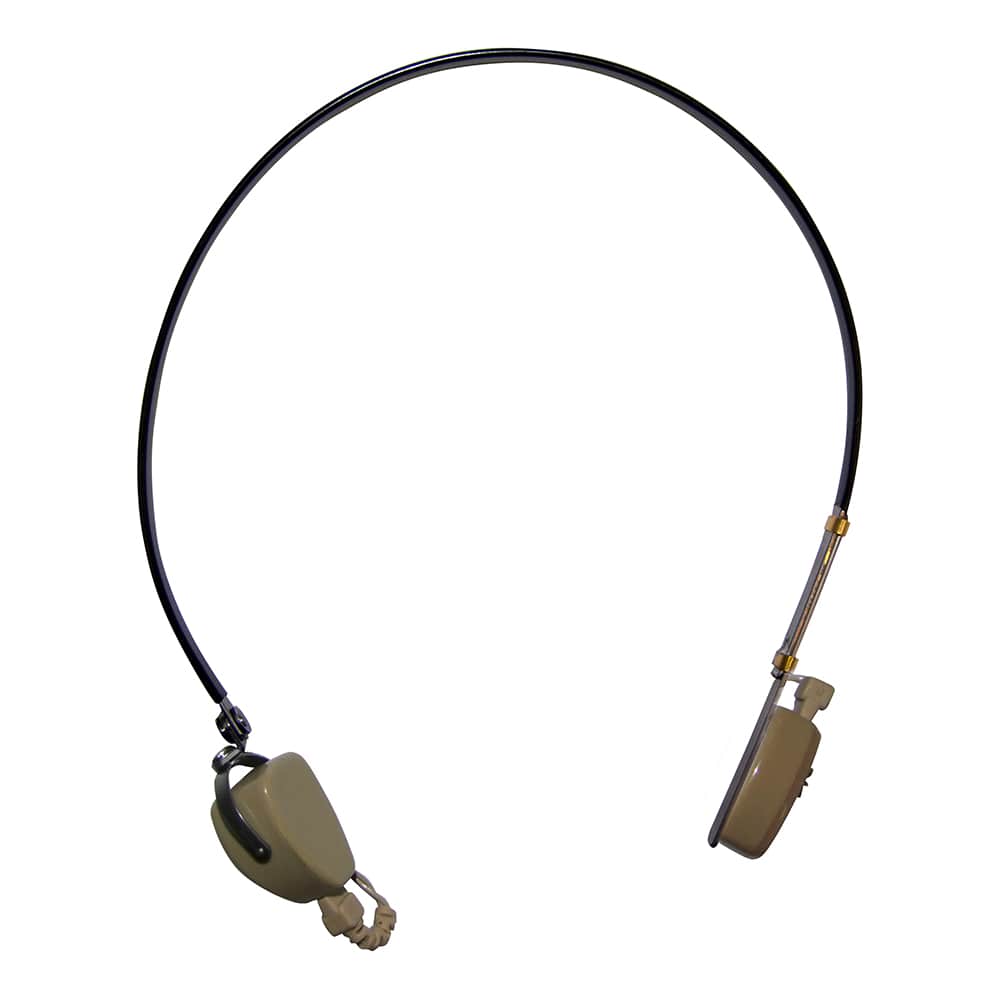
A bone conduction hearing device works by transmitting sound vibrations through the bone and bypassing the ear canal. The sound processor converts the sound picked up by its microphone into vibrations. The sound processor then transmits the vibrations through the bones of the skull to the cochlear of the inner ear. The inner ear then converts these (sound) vibrations into electrical signals that the brain interprets as sound.
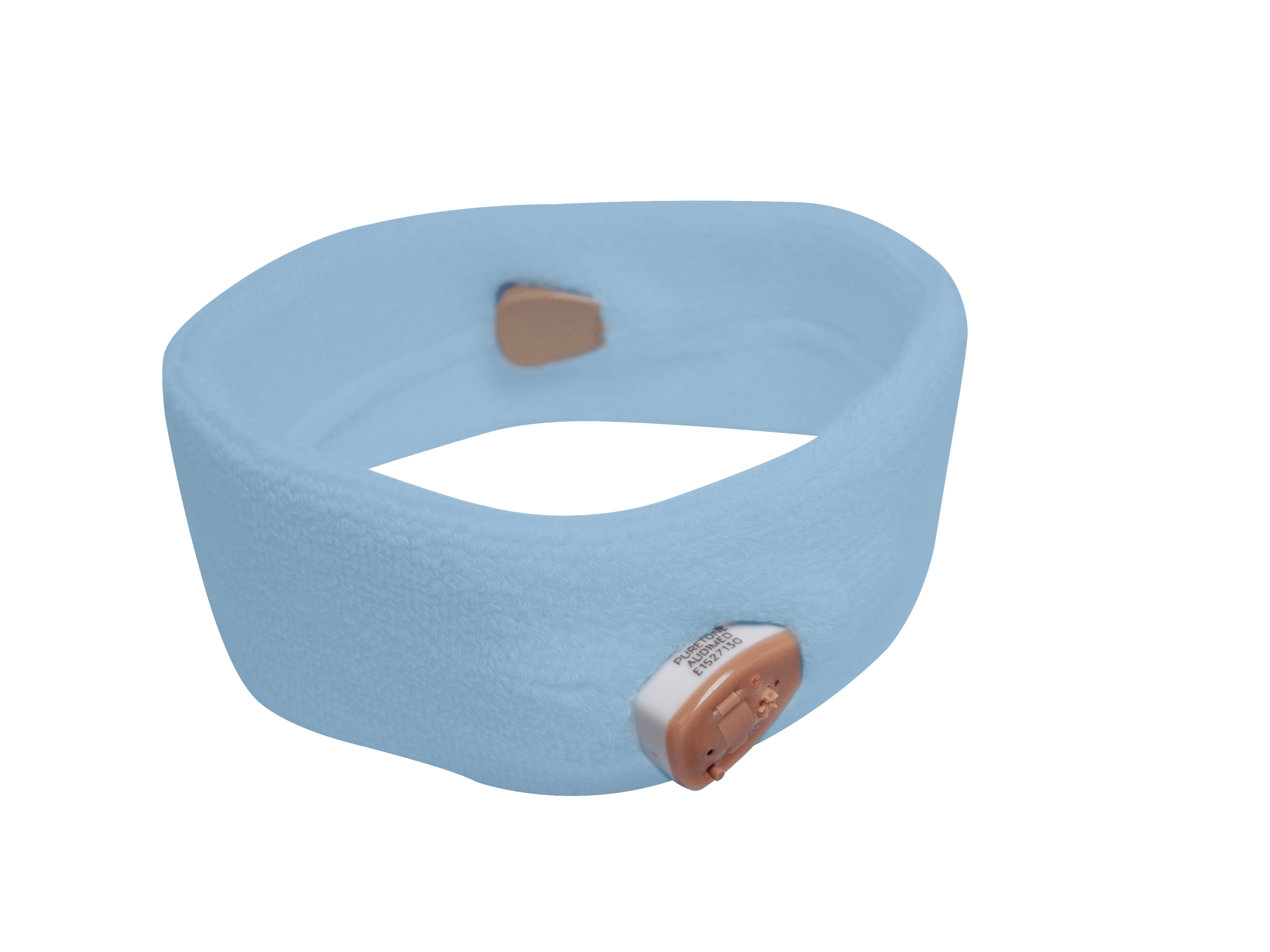
Softband Bone Conduction Headband
A bone conduction softband hearing device also works by transmitting sound vibrations through the bone. Similar to the headband bone conductor but uses a softband which can be more suited to children.
Join our community to stay updated with the latest news, exclusive offers, and exciting events. Sign up now to hear from us!

Copyright © 2025 The Hearing Services Group. Designed by ISETech